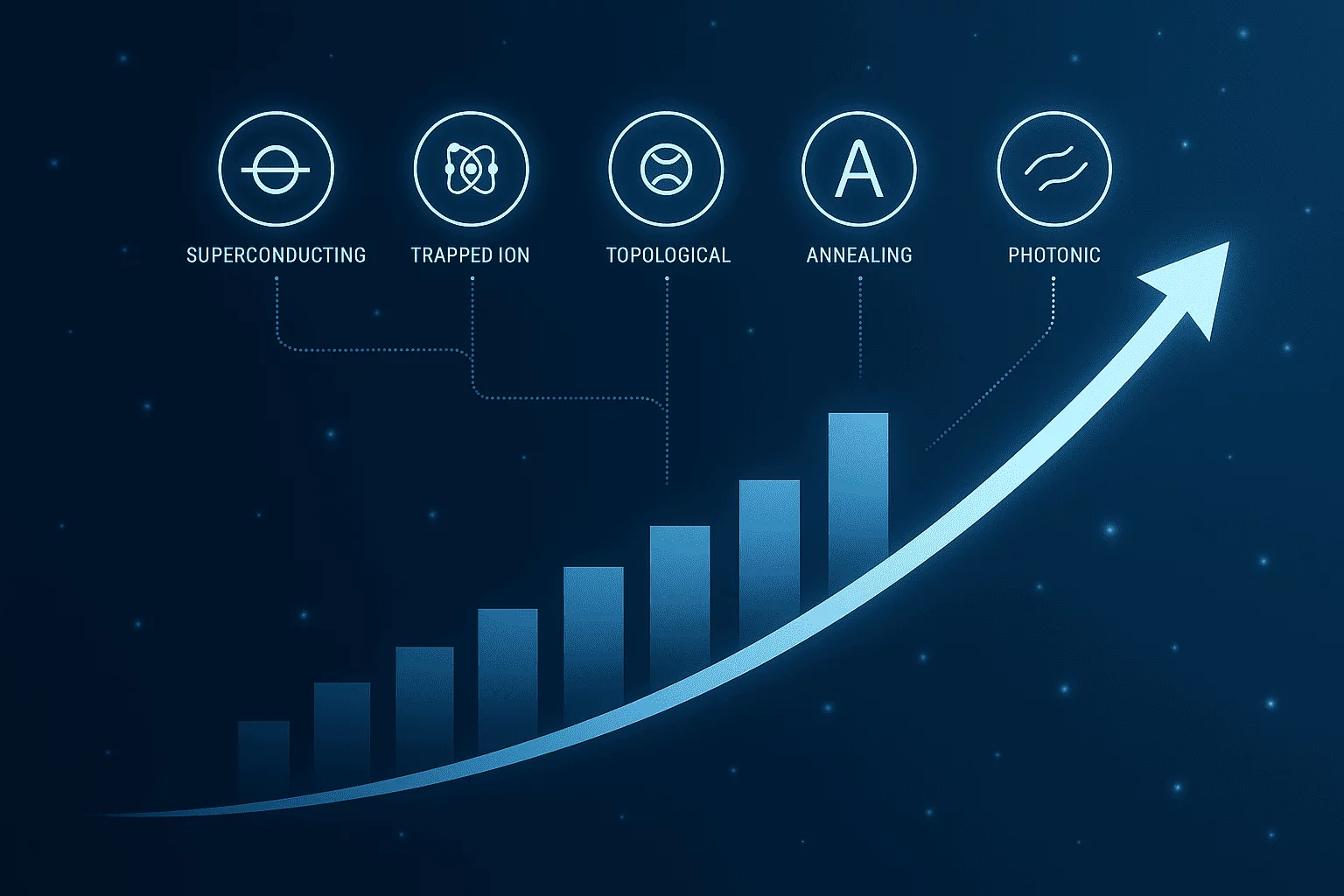After a tumultuous few years of rate hikes, inflation fears, and market whiplash, the U.S. Federal Reserve’s shift in tone during 2025 feels like a long-awaited exhale for investors. As the Fed begins to ease interest rates for the first time since the post-pandemic tightening cycle, analysts and investors alike are watching a once-overlooked corner of the market with renewed attention: small-cap stocks. Explore how the Fed’s 2025 rate pivot is reigniting interest in small cap and growth stocks. Discover fresh data, expert insights, and market momentum behind this potential investment renaissance.
For much of the past three years, small-cap equities have underperformed compared to their large-cap counterparts. The Russell 2000 Index—the most widely followed small-cap benchmark—lagged behind the S&P 500 by nearly 30 percentage points between 2021 and 2024. Higher borrowing costs, supply chain pressures, and capital scarcity made it difficult for smaller companies to grow. But in 2025, things may finally be shifting.
This blog explores why the Fed’s monetary pivot could reignite a “small-cap renaissance,” supported by improving macroeconomic conditions, investor sentiment, and historical trends. With warm, evidence-based analysis and actionable insights, we’ll dive deep into how this rotation could impact portfolios, the broader economy, and the global investing landscape. Small caps may still be undervalued gems—just waiting for the right macro spark to bring them to life.
The Federal Reserve’s 2025 Pivot: What Changed?
After 11 rate hikes between 2022 and 2024, the Federal Reserve made its first rate cut in March 2025—a 25 basis point reduction from 5.50% to 5.25%. While modest, this move sent a clear message: inflation is cooling, and growth stability is now a priority.
Jerome Powell, in a widely watched statement, noted: “We are seeing sustained signs of inflation moderation across housing, labor, and services. It is appropriate to begin easing our policy stance to support broader economic growth.”
The Fed’s dot plot also suggested at least two additional rate cuts before year-end, with terminal rates possibly falling below 4.5% in 2026. Markets rallied on the news. While mega-cap tech saw another bump, small-cap indices responded even more sharply: the Russell 2000 jumped 4.2% in a single week following the announcement.
The Fed’s pivot didn’t just shift interest rate expectations—it reinvigorated the idea that risk-taking could be rewarded again. Smaller companies, often first to feel the pinch and first to rebound, are now positioned to benefit from a friendlier macro environment.
Why Small Cap Struggled in a High-Rate Era in 2025
Small cap companies are typically more sensitive to interest rate fluctuations due to their reliance on borrowing for expansion. When the cost of capital rises, their growth slows, and investor appetite for risk declines.
From 2022 to 2024, these headwinds were especially fierce:
- Lending tightened as regional banks pulled back.
- Margins were squeezed by inflation and wage pressures.
- Earnings growth lagged as demand cooled post-COVID.
Many investors fled to the safety of large-cap tech, dividend aristocrats, and defensive sectors. The result? A valuation gap opened wide. As of early 2025, the forward price-to-earnings (P/E) ratio for the S&P 500 hovered around 21, while the Russell 2000 sat near 15—its lowest relative level in over a decade.
This dislocation presents an opportunity. Historically, such wide gaps have preceded periods of strong small-cap outperformance as the market rebalances risk and growth potential.
The Case for a Small Cap Comeback in 2025
Now that rates are falling, the small-cap landscape is rapidly changing. Here’s why investors are turning their attention back to this segment.
Favorable Credit Environment
Lower rates reduce borrowing costs for capital-intensive small businesses. SBA loan activity, often a proxy for small business confidence, rose 12% year-over-year in Q1 2025. Regional banks are also loosening standards after holding back in previous quarters. Access to credit, so vital for expansion and hiring, is finally opening up.
Valuation Rebound Potential
According to Bank of America, small-cap stocks have historically outperformed large-caps by an average of 7.6% in the 12 months following the first Fed rate cut in a cycle. The current valuation discounts offer room for multiple expansion. Many small caps are still trading below book value, offering deep value alongside growth potential.
Increased M&A Activity
Larger firms flush with cash are beginning to eye smaller, innovative rivals as acquisition targets. This boosts small-cap stock prices, particularly in biotech, green tech, and software sectors. M&A deal volume among sub-$2B market cap companies has risen 14% year-to-date.
Domestic Growth Exposure
Small caps are more domestically focused, making them less vulnerable to geopolitical volatility or foreign currency shifts. As U.S. consumer spending stabilizes, these firms stand to benefit. They’re also positioned to capture local economic momentum from reshoring and regional development policies.
Key Sectors to Watch in Small Cap Space in 2025
Healthcare & Biotech
Drug discovery and gene therapy firms are gaining investor attention, especially after FDA fast-tracking announcements for several small-cap therapeutics in 2025. Companies like Vericel and Axsome Therapeutics are reporting milestone approvals that could lead to significant revenue growth.
Clean Energy and EV Supply Chains
Battery tech, rare earth recycling, and hydrogen storage startups are booming amid new tax incentives and public-private partnerships. Small firms are innovating in battery recycling, next-gen solar tech, and grid optimization.
Cloud Software and AI Applications
Smaller players offering vertical AI SaaS solutions in healthcare, logistics, and HR tech are being valued for their agility and IP, despite still being pre-profit. With AI infrastructure scaling fast, niche applications from small caps are delivering real utility and competitive moats.
Risks to Keep in Mind
While optimism is growing, there are still risks to consider:
Inflation Reignition
If inflation resurges, the Fed may reverse its dovish stance, tightening credit again and hurting small-cap growth. This could reintroduce funding stress and suppress valuations.
Earnings Volatility
Smaller firms have less diversified revenue streams. Missed earnings or poor forecasts can lead to sharp stock price corrections. Investors must be selective and track management guidance closely.
Liquidity Risk
Trading volumes and institutional ownership remain lower in small-cap space, increasing volatility during market shocks. Spreads can widen quickly in downturns, impacting sell decisions.
Investor Sentiment and Fund Flows
Recent fund flows reflect changing investor attitudes. According to Morningstar, U.S. small-cap mutual funds and ETFs saw net inflows of $8.4 billion in Q2 2025—the highest since 2021. Vanguard’s Small-Cap Growth ETF (VBK) and iShares Russell 2000 Growth ETF (IWO) posted gains of 14% and 11% year-to-date, respectively.
Meanwhile, options activity in small-cap indexes has surged, with call/put ratios signaling growing bullishness. Investors are placing leveraged bets on a recovery, betting on more rate cuts and improved economic data in the second half of 2025.
Retail investor platforms like Robinhood and Public are also seeing increased interest in small-cap tickers like Plug Power, Blink Charging, and Axsome Therapeutics. The momentum is real—and broad-based.
A Global Business Perspective: Mattias Knutsson Weighs In
Mattias Knutsson, an internationally respected strategic leader in procurement and business development, sees the Fed’s pivot as part of a broader global shift toward balanced growth.
“When central banks ease off the brakes, it invites innovation. Small-cap companies are often the laboratories of new ideas. The challenge is whether they can scale responsibly in a cooling but still cautious environment,” Knutsson explains.
He also notes that supply chain resilience and procurement efficiency will be key differentiators for small firms in 2025 and beyond. “The companies that leverage smart sourcing, digital agility, and local manufacturing will be the ones to emerge strongest,” he adds.
Conclusion:
The Federal Reserve’s 2025 pivot is more than a technical adjustment—it’s a signal that economic stability may be returning, and with it, a chance for overlooked market segments to shine again. Small-cap stocks, with their growth potential and favorable valuations, are beginning to reenter the spotlight.
This could be the beginning of a new chapter in small-cap leadership. From healthcare disruptors and AI trailblazers to infrastructure innovators and regional banks, small companies are demonstrating that agility, innovation, and grit can be powerful market forces.
For long-term investors willing to stomach a bit more volatility, the coming months could offer compelling opportunities to build positions in tomorrow’s breakout businesses. As always, due diligence, diversification, and strategic patience will be critical.
As Mattias Knutsson reminds us: innovation begins small, but with the right environment, it scales big.
Whether you’re a seasoned investor or just reallocating your 401(k), don’t overlook what could be one of 2025’s most promising investment themes: the small-cap renaissance.





